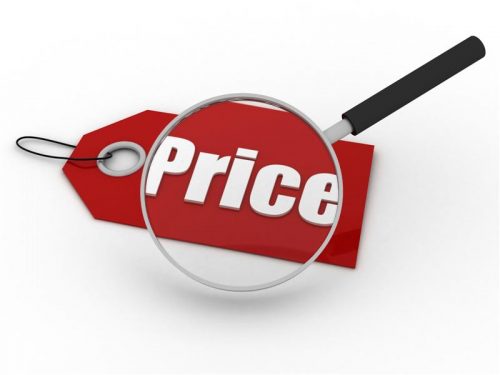
Four fast ways to maximise in-store promotions
by Sandra Steenkamp
When economies are under pressure, brand owners must work hard to preserve their coveted customer loyalty and sales. This could be through new product innovations that stimulate interest, or simply by reinforcing those brand attributes customers have come to love.
In both instances, in-store promotions have the potential to bring the brand to life and cement that all-important loyalty. Because while online and social platforms play an instrumental role in heightening brand awareness, in-store promotions present one of the few opportunities where brands can directly engage consumers. As an interactive platform, it allows shoppers to see, touch and taste products and in that moment, form (or confirm) their opinion of it. That’s a powerful motivator.
However, executing a successful in-store promotion isn’t always as straightforward as it appears. If the promoters or brand ambassadors representing the brand don’t fulfil their obligations as planned, the promotion could have the opposite effect to what was intended.
At BMi Research, our mystery shopping research methodology evaluates a company’s products, services and in-store promotions from the customer’s perspective, on the floor, providing strategic input around service and compliance standards.
Promotion execution
A core focus area is verifying, evaluating and providing critical insights on the execution of promotional campaigns. Through these promotional verification audits, our research has shown that around 10% of brand ambassadors do not arrive at the scheduled promotion. Further to this, around 30% of brand ambassadors are in the store, but are either not at their stations engaging shoppers when they should be, or did sign in and were present for a while, but arrived late or left early.
While there are sometimes valid reasons for this poor promoter presence and efficacy, these statistics tell us that brand owners should be judicious in choosing the promotional agencies they work with.
It’s not uncommon for brand owners to terminate relationships, even longstanding ones, with promotional agencies based on the substandard performance of brand ambassadors. In-store promotions can be costly marketing investments, and as such brand owners are advised to thoroughly interrogate potential promotional agencies. Working with reputable companies that have a track-record of delivering good ROI will ensure that that money is well spent.
So how does feedback from promotional verification audits assist in ensuring promo agencies deliver on their promises, and that you as the brand owner are able to maximise those returns?
Although the research measures all of the key elements necessary for a successful promotion, here are four main pointers to consider when putting your brand directly in front of shoppers:
1. Consumer engagement: Brand ambassadors need to engage consumers in a way that not only reflects the brand’s personality, but that primes shoppers for sales or at least, a positive brand engagement. Aside from being neat and professional, promoters should be enthusiastic, friendly, proactively engage consumers and drive sales. And consumers should respond by wanting to hear what the promotion is about and ultimately, by making a purchase.
2. Product knowledge: The second promotional success factor related to brand ambassadors is perhaps the most important – their product knowledge. There is little point in having promoters who are neat, professional and enthusiastic, but who are unable to communicate core brand messages, and successfully demonstrate a product’s key features in action. Brand owners must invest sufficient time and resources in product training to ensure promoters not only know the product inside and out, but can think laterally and answer consumer questions regarding its features and uses.
3. Stock availability: It’s imperative that there is sufficient stock in the store during a promotion. Brand owners should always assume a best-case scenario – that the promotion will draw high numbers of interested consumers, and that this will convert to units sold. Yes, stores can issue rain checks for out-of-stock products, but this can reflect poorly on brands during promotions and ultimately cost you sales.
4. Timing, placement and target markets: Seasons, holidays, current trends and even the weather all present different opportunities for effective promotions. Knowing when and where to do a promotion is as important as knowing the market you’re targeting. Discerning this can be tricky, especially if your product can target multiple groups at multiple times. One solution is to employ mystery shopping methodology to identify which promotions worked and which didn’t, and base future promotional activity on these results.
Getting an in-store promotion wrong can cost brands more than just financially. But getting it right, and using research to verify accurately targeted and executed promotions, can give brands the competitive edge they need in the current economic climate.


